
The perfect movie car chase scene is like a good carburetor: simple in theory, complex in execution, and absolutely magical when everything clicks. You need three ingredients: a road with some kind of hazards, a driver with serious problems, and a car that feels more alive than half the actors on screen.
These are the sequences that rewrote the rulebook, where specific production cars became characters with names, and where the difference between a stunt coordinator and a hack became crystal clear. Every entry here shaped how we think about automotive cinema, whether through revolutionary camera work, death-defying stunts, or cultural impact that's still moving metal off dealer lots decades later.
What Put These Cars in the Frame
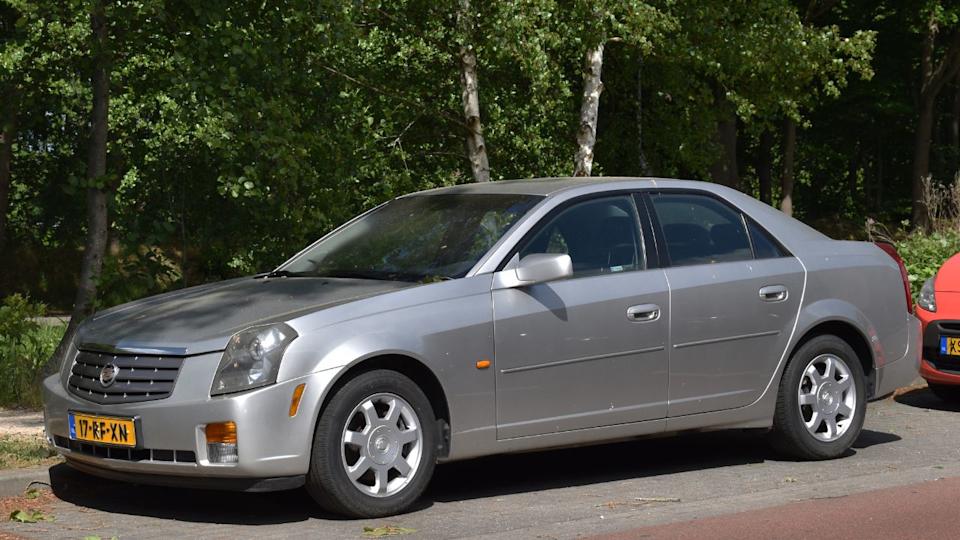
Many of us fell in love with cars after seeing them in movies, where they showcased their incredible performance capabilities in exhilarating chase scenes (all while looking quite impressive doing it). We thought, "I wish I could do this...I wouldn't get caught, though." We want to celebrate the cars from chase scenes that really got us revved up and obsessed with going fast, which is what made us put this particular list together.
Ronin (1998): 1991 BMW 5 Series (E34)

John Frankenheimer decided the late '90s needed a reminder that European sedans could embarrass half of Hollywood's pyrotechnic budget with nothing but precision driving and proper suspension geometry. The production utilized right-hand-drive cars with dummy steering wheels on the left, allowing actors to "drive" while actual professionals handled the physics. It's the cinematic version of a safety driver, except way cooler.
The chase everyone remembers pits a BMW E34 535i (dressed as an M5 for hero shots) against a Peugeot 406 through Parisian tunnels that suddenly feel narrower than your garage. The BMW's 3.5-liter inline-six makes all the right noises as it trades paint with French engineering, proving that sometimes the best special effect is a reverberation of a well-tuned engine bouncing off concrete walls.
Multiple cars were used across different setups because destroying a single pristine E34 would have been automotive sacrilege. The result feels like a master class in how to make a sedan ballet look effortless while being anything but. No CGI, no wire work: just German engineering, French roads, and camera operators with nerves of titanium.
The Italian Job (1969), Mini Cooper S
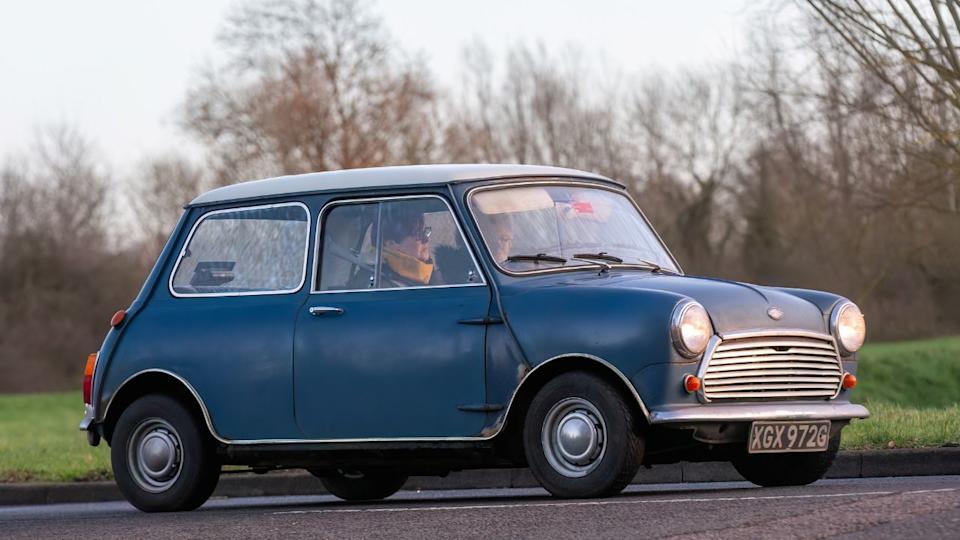
Three Mini Cooper S models turned Turin into their personal playground, bouncing up steps, threading plazas, and sprinting across the rooftop test track at the old Lingotto Fiat factory like caffeinated terriers with racing stripes. The genius wasn't just using small cars: it was understanding that their 10-foot wheelbase could write routes that full-size police cruisers couldn't even spell.
That rooftop sequence at Lingotto was automotive poetry. The banked curves of Fiat's old test track created natural racing lines in the sky, while the Minis' 1,275cc A-Series engines screamed through their gears like angry hornets with something to prove. The cars looked planted and nimble simultaneously, a visual paradox that helped cement the Mini's reputation for decades.
The Cooper S packed 76 horsepower into a package that weighed less than a modern motorcycle, creating a power-to-weight ratio that modern hot hatches respect even today. Those narrow 10-inch wheels and short overhangs meant the Minis could change direction faster than Italian politics, making every chase sequence feel like controlled chaos.
Bullitt (1968): 1968 Ford Mustang GT 390
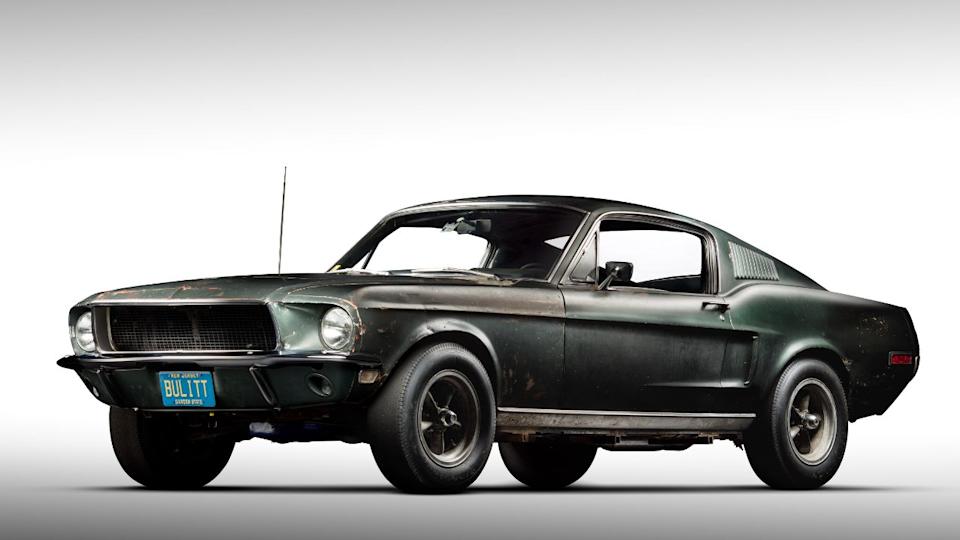
Steve McQueen's Highland Green fastback didn't just star in a movie; it rewrote the entire language of automotive cinema. The 390 cubic-inch V8 under that power dome was factory-rated at 320 horsepower, although Ford's tendency toward conservative ratings meant it was likely producing closer to 375. Combined with the Mustang's 108-inch wheelbase and McQueen's racing background, it became the template every action director still chases.
The opposing Dodge Charger R/T, piloted by stunt legend Bill Hickman, packed a 440 Magnum V8 with 375 advertised horsepower. The real magic happened when director Peter Yates made the revolutionary decision to eliminate the musical score, allowing the cars' mechanical symphony to do the talking. Suddenly, every gear change, tire squeal, and exhaust note became a part of the dialogue.
The camera work rode low and close to the sheetmetal, creating an intimacy with the cars that hadn't been seen before. Those San Francisco hills turned into natural launching ramps, with the Mustang catching serious air while maintaining composure that would make a rally driver jealous. The original hero car later sold for $3.74 million at auction, proving that sometimes a movie can mint automotive legends.
Vanishing Point (1971): 1970 Dodge Challenger R/T 440
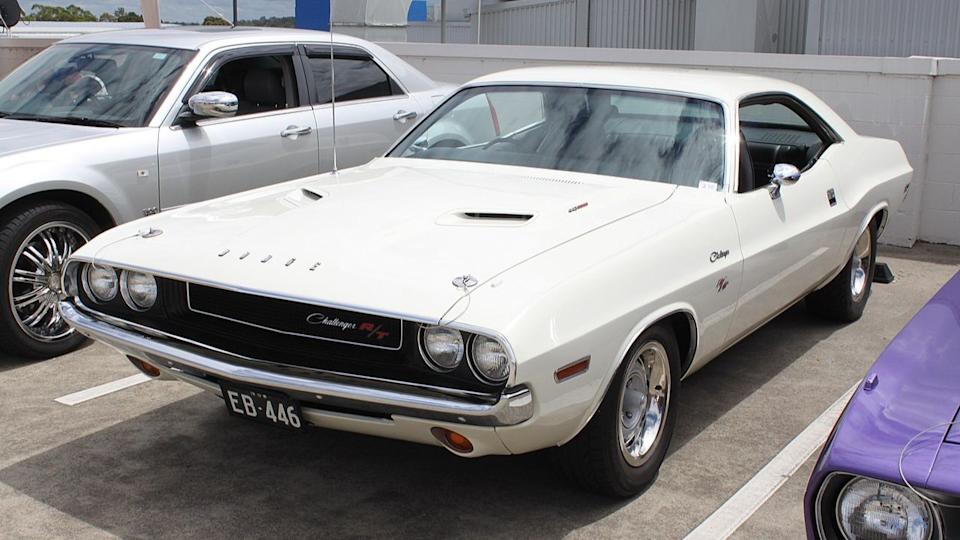
Kowalski's Alpine White 1970 Challenger R/T transformed the American West into a high-speed philosophical treatise on freedom, featuring a 440 cubic-inch V8 that made 375 horsepower and enough torque to relocate small buildings. Production used multiple Challengers supplied by Chrysler, mostly four-speed manuals that let that big-block sing its full aria across Nevada's endless straightaways.
The internet loves to debate phantom Hemis and engine swaps, but credible production records stick with the 440 Four Barrel setup. That choice makes perfect sense because the 440 delivered serious thrust without the Hemi's diva tendencies, and its broader torque curve suited those long, cinematic pulls better than the more peaky 426. The hood bulge and shaker setup provided perfect visual drama against desert backdrops.
The Challenger's 110-inch wheelbase and E-body proportions created a silhouette that appeared fast even when standing still. That Alpine White paint wasn't just aesthetically pleasing: it was a practical choice, ensuring the car remained visible against the sand, sky, and the existential weight of the counterculture movement. The film turned a muscle car into a meditation on speed and space, proving that sometimes the journey really is the destination.
The French Connection (1971): 1971 Pontiac LeMans
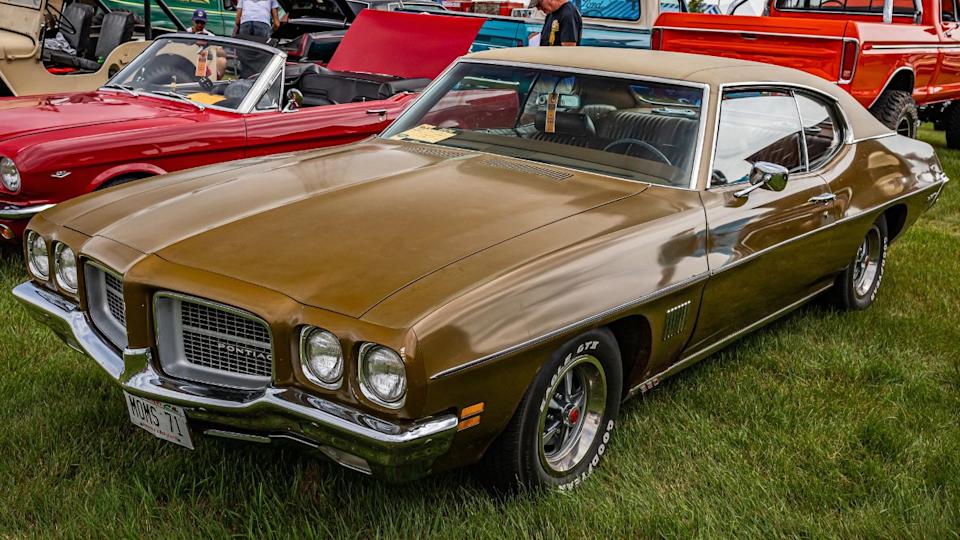
A brown 1971 Pontiac LeMans with a 350 small-block transformed Brooklyn's Bensonhurst into a real-time stress test, racing an elevated train down Stillwell Avenue while director William Friedkin apparently forgot to file the proper paperwork with the city. The Le Mans was chosen because it resembled every other mid-size sedan on the road, which made the insanity feel uncomfortably real.
The route under the BMT West End Line created a natural metronome of concrete pillars and shadows, with cross-traffic providing the kind of unpredictability that insurance companies have nightmares about. The LeMans' 116-inch wheelbase and conservative suspension tuning meant it handled like, well, a family sedan being asked to do things no family sedan should attempt.
Gene Hackman's Popeye Doyle treated that Pontiac like a blunt instrument, which was perfect because the LeMans was built to be exactly that. The 350 cubic-inch V8 produced a respectable 250 horsepower, enough to keep pace with an elevated train while appearing as though it might disintegrate at any moment. The sequence won the film an Oscar and established the template for every subsequent cop-in-a-sedan chase.
The Blues Brothers (1980): 1974 Dodge Monaco “Bluesmobile”
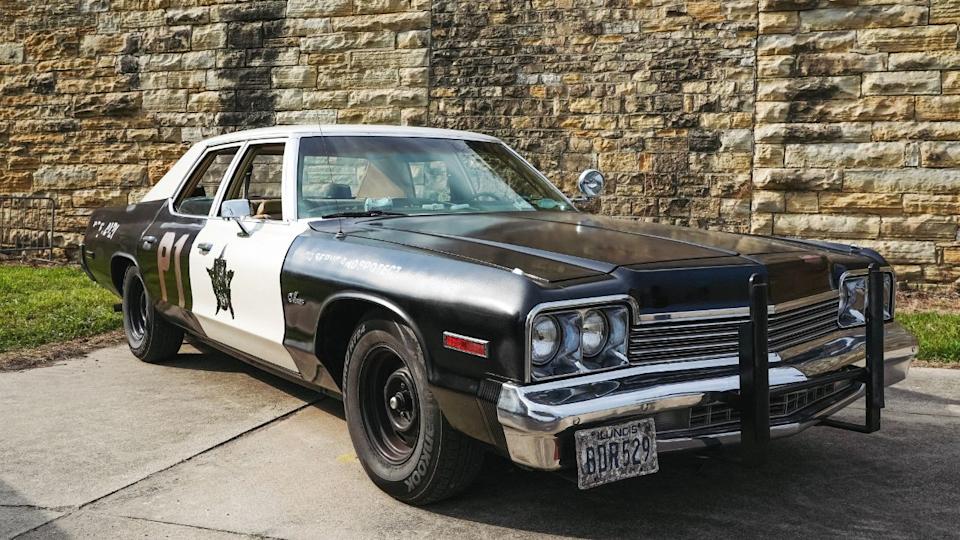
The 1974 Dodge Monaco that Jake and Elwood commandeered was an ex-police interceptor that treated Chicago like its personal destruction derby arena. The big C-body Mopar rode on a 122-inch wheelbase with enough mass to punch through mall storefronts while maintaining the kind of dignified composure that only comes with a heavy-duty police package suspension.
Under the hood sat a 440 cubic-inch V8 making around 275 horsepower: not earth-shattering numbers, but distributed across 4,500 pounds of Detroit steel, it created momentum that physics textbooks warn you about. The police package included heavy-duty everything: cooling, charging, suspension, and brakes capable of stopping all that mass from pursuit speeds.
The production destroyed 103 cars during filming, holding the record for automotive carnage for years. The Monaco's body-on-frame construction and police-spec components made those jumps and crashes look credible on screen, because, unlike modern unibody cars, these vehicles were built to survive the kind of abuse that the Chicago PD dished out daily. The flat black paint, sparse trim, and honest exhaust note sold the joke before the first siren wailed.
To Live and Die in L.A. (1985): 1985 Chevrolet Impala
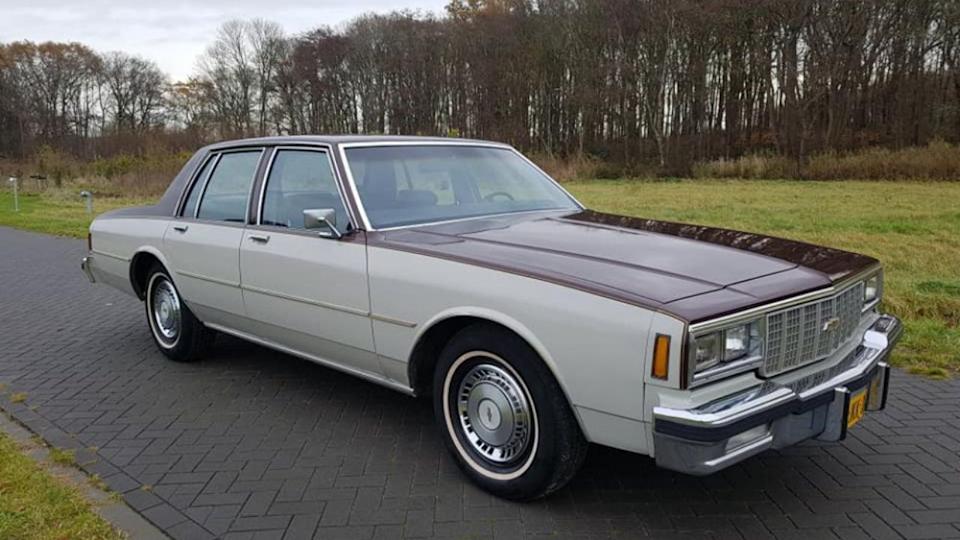
William Friedkin returned to car chases with a 1985 Chevrolet Impala and a simple question: What happens when you point a government sedan into oncoming freeway traffic and floor it? The answer involved stomach-churning cinematography and a practical demonstration of why the California Highway Patrol earns its paychecks.
The Impala was equipped with Chevy's 305 cubic-inch V8, producing a modest 165 horsepower through a four-barrel carburetor, which was adequate for government work yet terrifying for wrong-way freeway sprints. Its 116-inch wheelbase and B-body proportions created the kind of anonymous presence that let the fear land harder, because this looked like any rental car being pushed beyond all reasonable limits.
The sequence runs from industrial flats through the L.A. River to Terminal Island Freeway, then flips direction in a move that inverts every rule of safe driving ever written. The Impala's ordinary face, no body kit, no hero paint, just bureaucratic beige, made the terror feel uncomfortably real. Sometimes the most effective movie car is the one that looks like it belongs in a government motor pool.
Mad Max: Fury Road (2015): Ford Falcon XB “Interceptor”
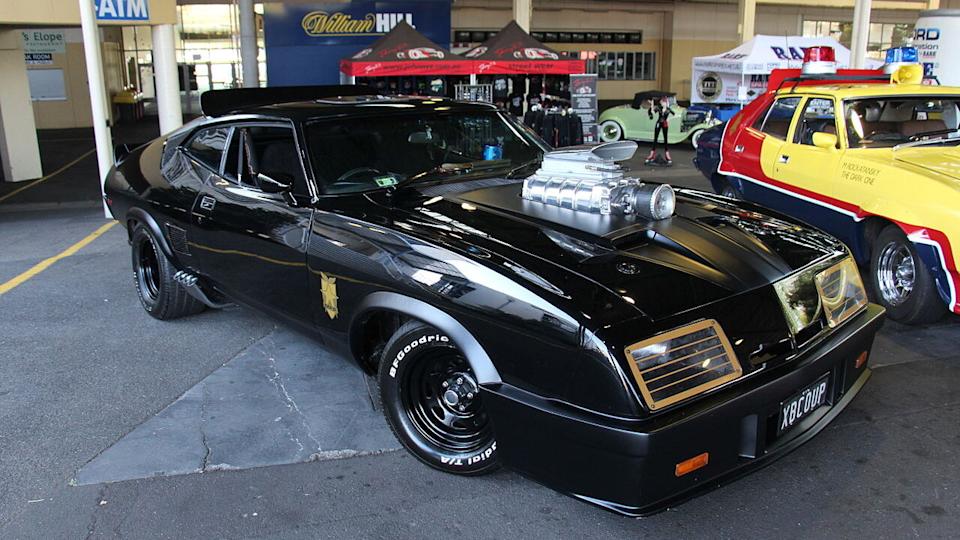
Max's Interceptor returned in weathered glory, based on a 1973 Ford Falcon XB GT that the Mad Max series transformed into automotive shorthand for post-apocalyptic survival. The production staged months of practical driving in Namibian desert conditions, then utilized digital stitching to maintain continuity and safety, creating tire tracks that resemble evidence rather than effects.
The original XB GT featured Ford's 351 Cleveland V8, producing around 300 horsepower in Australian tune - substantial numbers for 1973, and enough to remain relevant among War Rigs and spiked buggies four decades later. The Interceptor's distinctive nose, flared guards, and that supercharger poking through the hood created a silhouette that owned every frame it appeared in.
What makes the car work in Fury Road is scale management against much larger vehicles. The camera picks angles that favor proportion and horizon lines, while those battle-worn matte black panels absorb Namibian sunlight like automotive armor. The Interceptor appears, evolves, and ultimately sacrifices itself in service to the story, proving that sometimes the best movie cars are the ones willing to die for their art.
The Matrix Reloaded (2003): Cadillac CTS
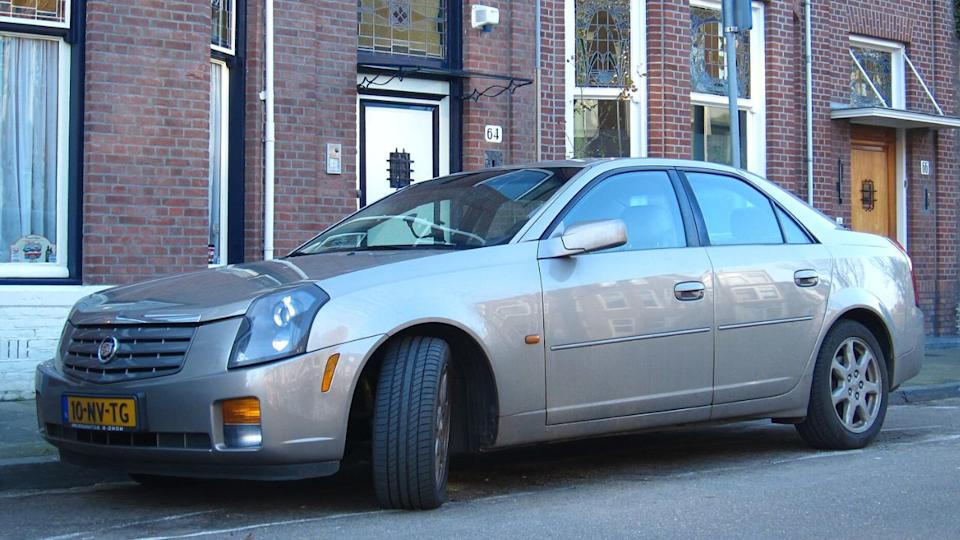
The Wachowski siblings wanted complete control over their freeway chase, so they built their own: six lanes, one and a half miles long, constructed on an old Alameda runway. That decision gave them clean sight lines, repeatable choreography, and the kind of horizon that no real city could provide without shutting down half the interstate system.
The 2003 CTS featured Cadillac's new 3.2-liter V6, producing 220 horsepower through a five-speed automatic transmission, mounted on GM's Sigma platform that finally gave Cadillac some European-style handling dynamics. The CTS wasn't chosen for its performance credentials: it was picked because its angular design read clearly on camera and its proportions worked well against SUVs and semis.
The "Mic Rig" system carried hero cars on platforms, allowing actors to be filmed in motion while professional drivers handled the actual driving. This allows motorcycles to thread gaps and full-size vehicles to swap lanes with television-commercial precision, creating a freeway ballet that appears chaotic but follows strict choreographic rules. The concrete walls, overpass shadows, and staged traffic created pressure that felt real even though everything was carefully controlled.
Baby Driver (2017): 2006 Subaru Impreza WRX

Edgar Wright's red 2006 Subaru Impreza WRX turned Atlanta traffic into a musical instrument, with every handbrake turn, gear shift, and tire squeal timed to "Bellbottoms" by The Jon Spencer Blues Explosion. The WRX's 2.5-liter turbocharged boxer-four made 300 horsepower through Subaru's symmetrical all-wheel-drive system, creating the kind of traction that makes tight gaps and rapid direction changes look effortless.
Stunt driver Jeremy Fry kept green screen out of the equation, relying on the WRX's inherent balance and the kind of choreography that treats every move like a dance step. The car's 103-inch wheelbase and 50/50 weight distribution meant it could change direction without the drama of larger, front-heavy sedans, while the all-wheel-drive system provided grip that let the stunts look repeatable rather than miraculous.
The WRX became the movie's signature image precisely because it wasn't exotic. This was a tuner staple that kids saved for, modified, and understood, making the chase feel achievable rather than fantastical. Sometimes the most powerful automotive fantasy is the one that appears to be parked in your driveway.
Smokey and the Bandit (1977): 1977 Pontiac Firebird Trans Am

Burt Reynolds gave the 1977 Pontiac Trans Am Special Edition its passport to pop culture immortality, complete with T-tops, gold pinstriping, and a shaker hood that advertised the 400 cubic-inch V8 underneath. The Pontiac's 6.6-liter V8 made 200 horsepower thanks to mid-'70s emissions regulations, but it compensated with enough torque to spin the rear wheels and enough style to sell movie tickets.
The film's success led to a measurable sales spike for the 1978 model year, demonstrating that a good movie car can effectively move units from dealer lots, just as conventional advertising can. The Trans Am's combination of aggressive styling, affordable performance, and that distinctive black-and-gold color scheme created automotive desire that transcended demographics.
Reynolds understood that the car needed to be more than just transportation; it had to be a co-star. The T-top configuration provided perfect cinematography opportunities, while the shaker hood scoop gave viewers something to focus on during high-speed sequences. The Trans Am carried the jokes and the jumps with equal conviction, proving that sometimes charisma matters more than horsepower figures.
Duel (1971): 1971 Plymouth Valiant
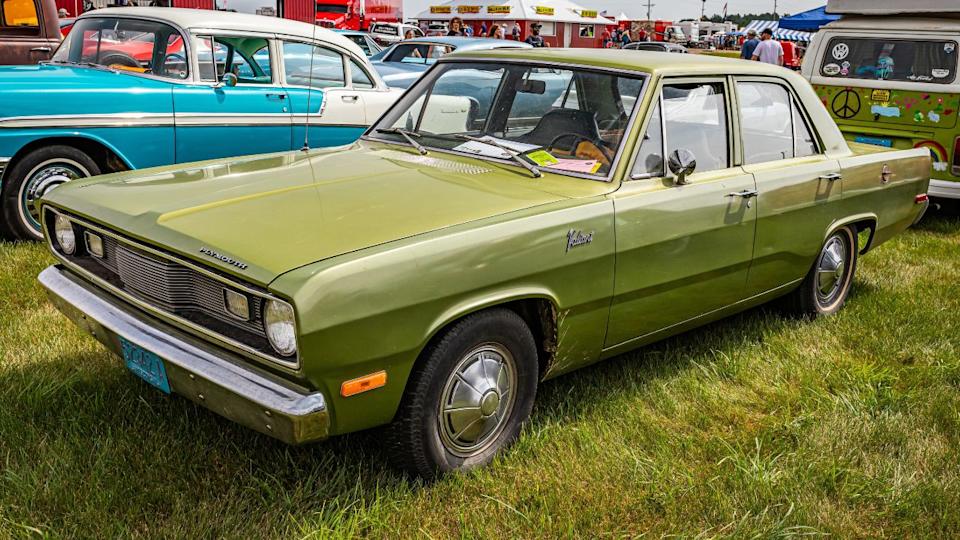
Steven Spielberg's feature debut transformed a red 1971 Plymouth Valiant into survival equipment, pitting it against a menacing Peterbilt truck on remote California highways. The Valiant's modest dimensions and mild-mannered 225 cubic-inch slant-six made it the perfect automotive underdog, generating genuine tension through sheer size disadvantage.
The Valiant's 111-inch wheelbase and compact proportions looked positively fragile next to the massive Peterbilt, creating a visual relationship that sold the threat without requiring explosions or excessive speed. Chrysler's slant-six engine was bulletproof, reliable, but hardly powerful, making every acceleration feel like a desperate gamble against diesel torque and trucking momentum.
Production used multiple Valiants because the car needed to look ordinary and outmatched — exactly the kind of sensible sedan that wouldn't normally find itself in a life-or-death highway duel. The Plymouth proved that automotive terror doesn't require muscle car badges or racing stripes, just the right circumstances and a really angry truck driver.
The Chase Never Ends
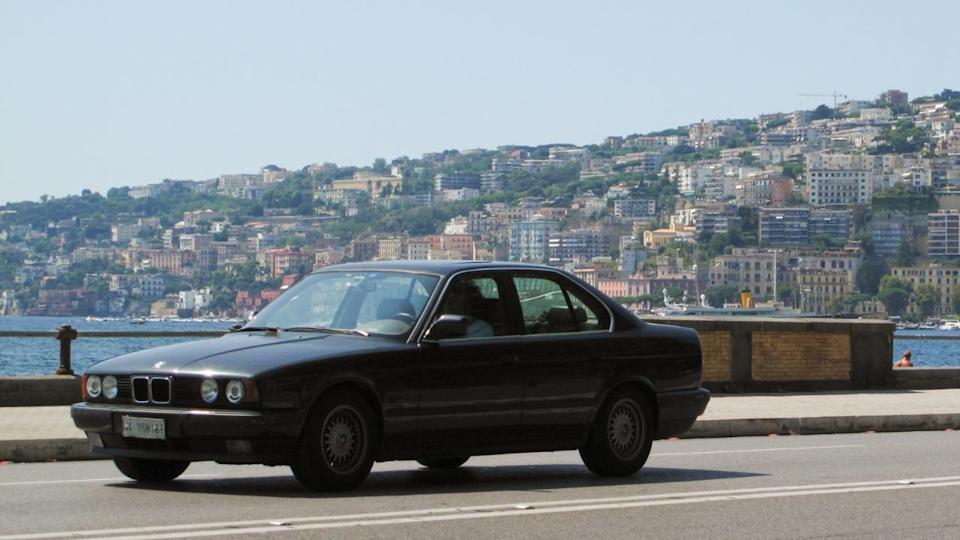
These models remain photographable outside their movie contexts: a Highland Green Mustang doesn't need the San Francisco hills to explain itself, just as a red WRX doesn't need a bank robbery context to cue its beat.
The best movie car chases understand that automotive enthusiasm runs deeper than horsepower figures or acceleration times. It's about the relationship between the machine and the driver, the conversation between the engine note and the road surface, and how proper suspension geometry can turn ordinary streets into extraordinary theater.
New films will continue to chase this feeling, but they'll have to clear a bar that still resembles a Ford fastback catching air on a San Francisco street that rises faster than any tachometer needle. The road has room for more legends: it's just a question of which cars are brave enough to chase them.
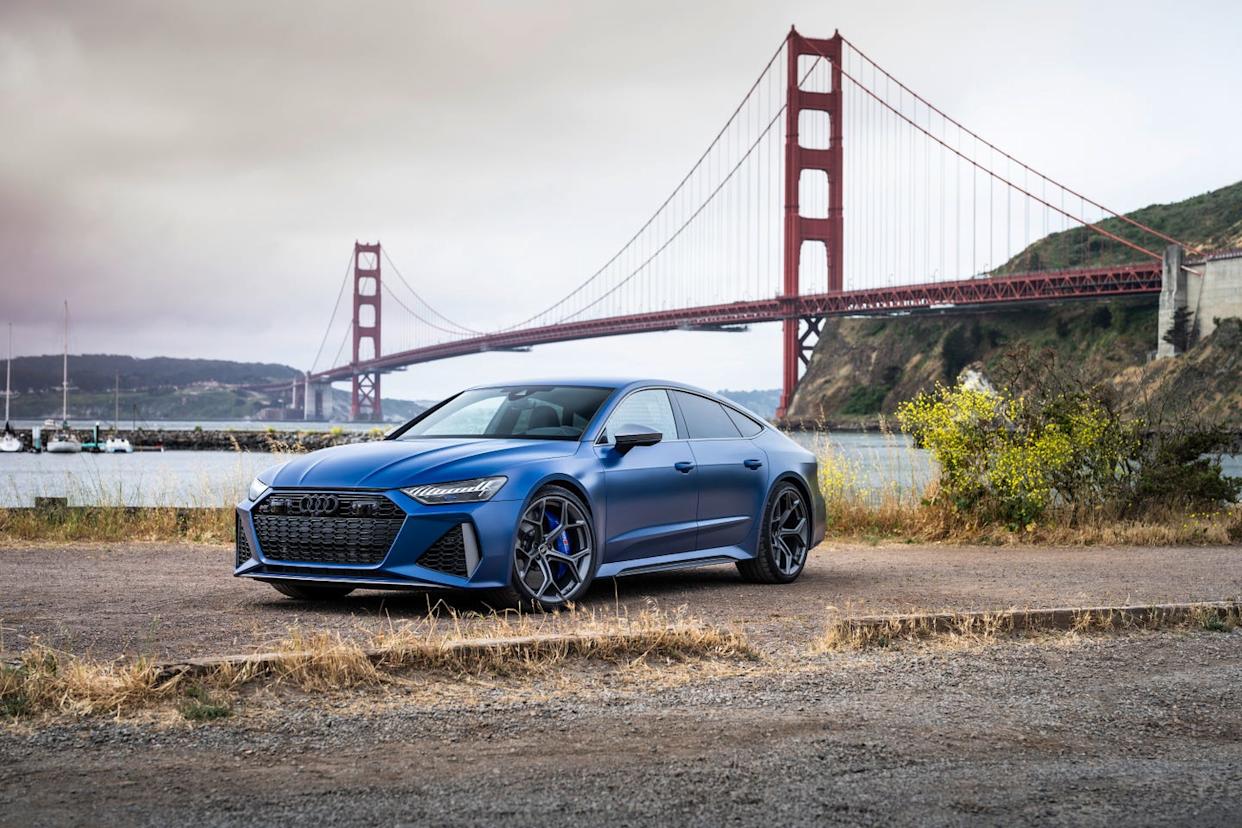
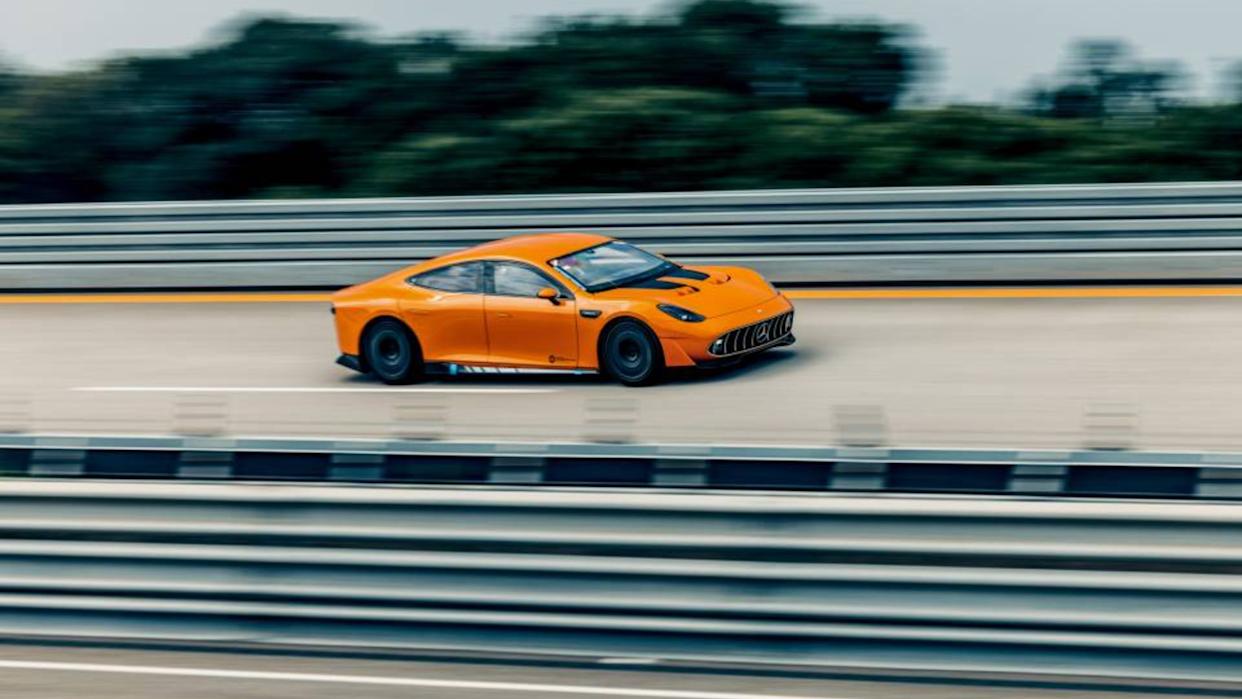
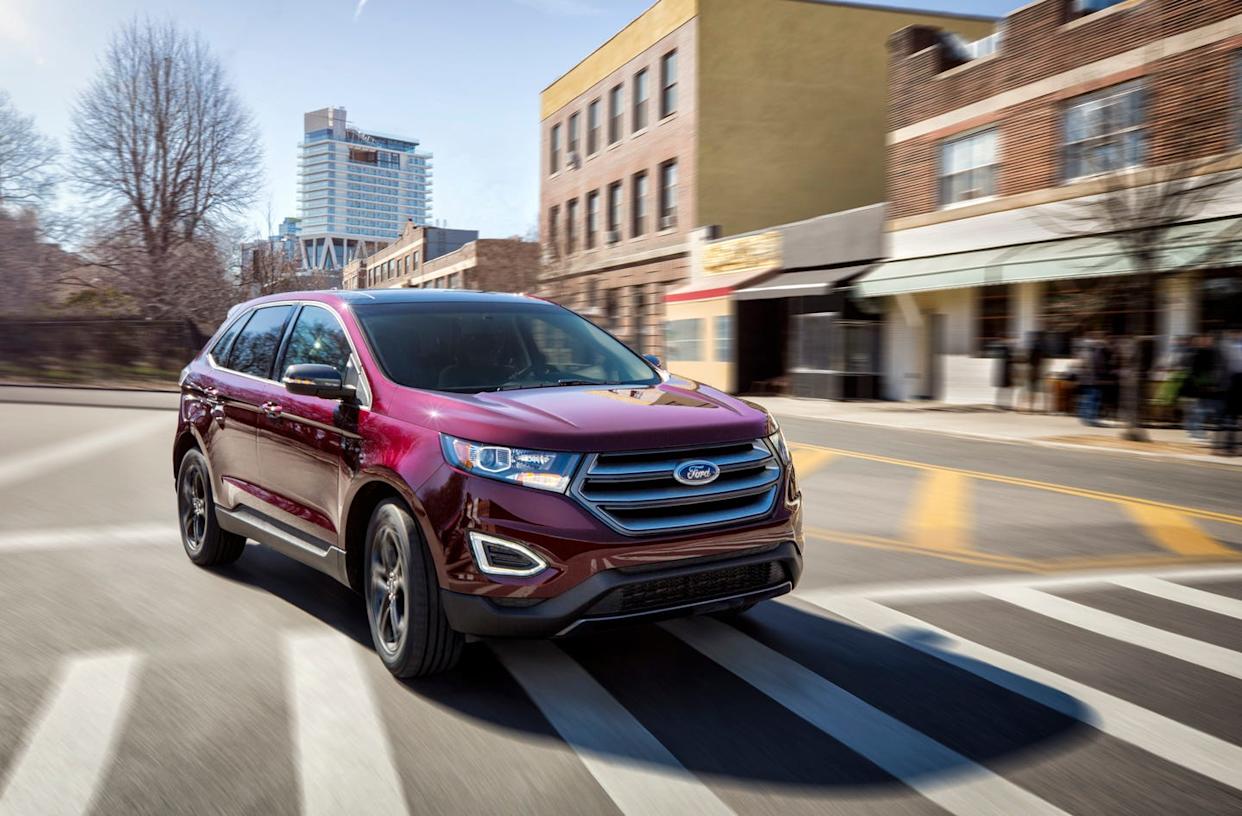
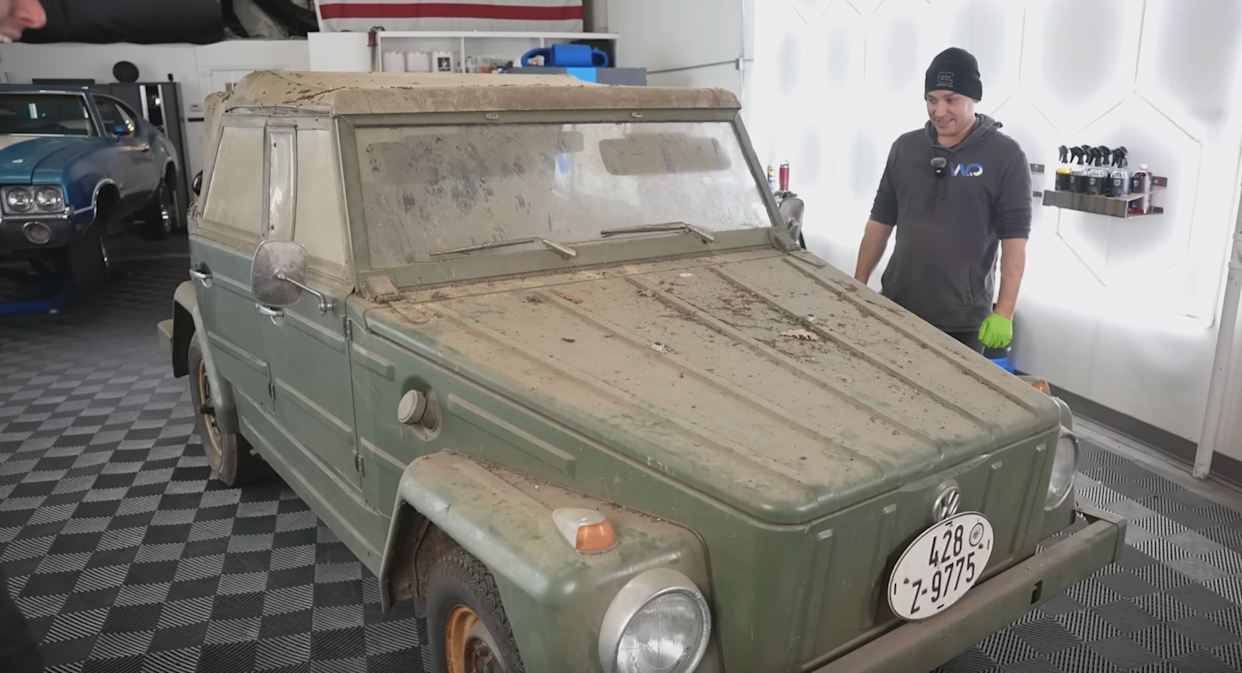

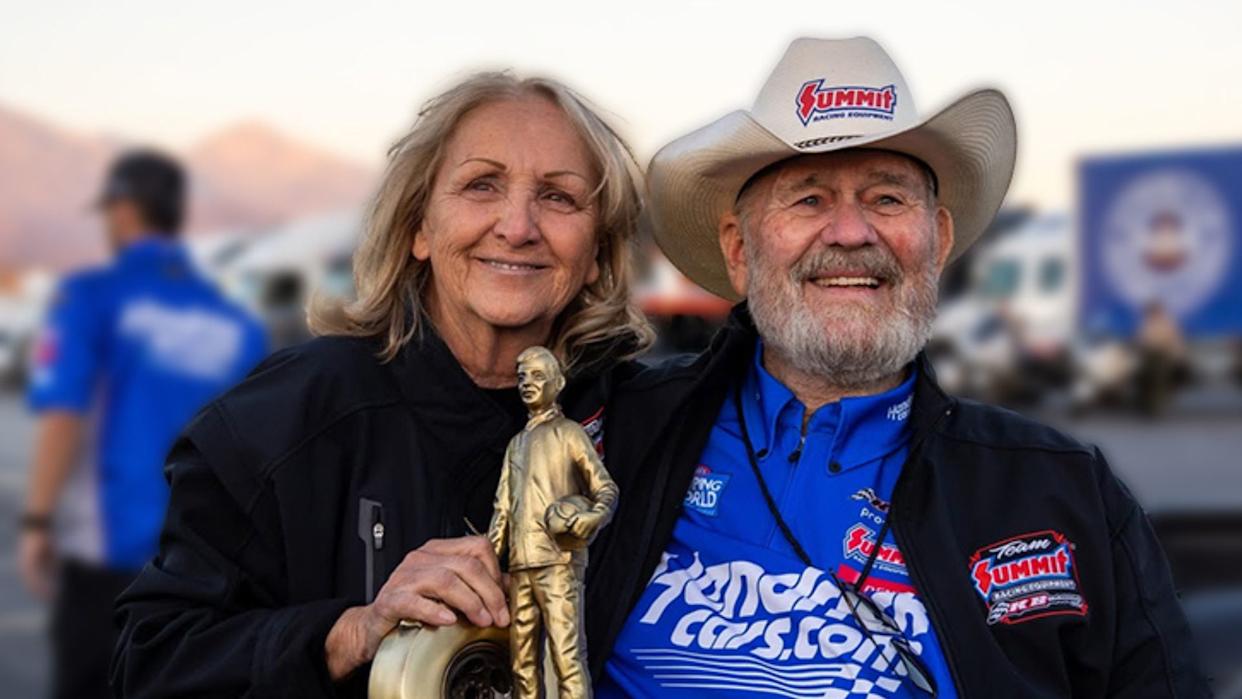
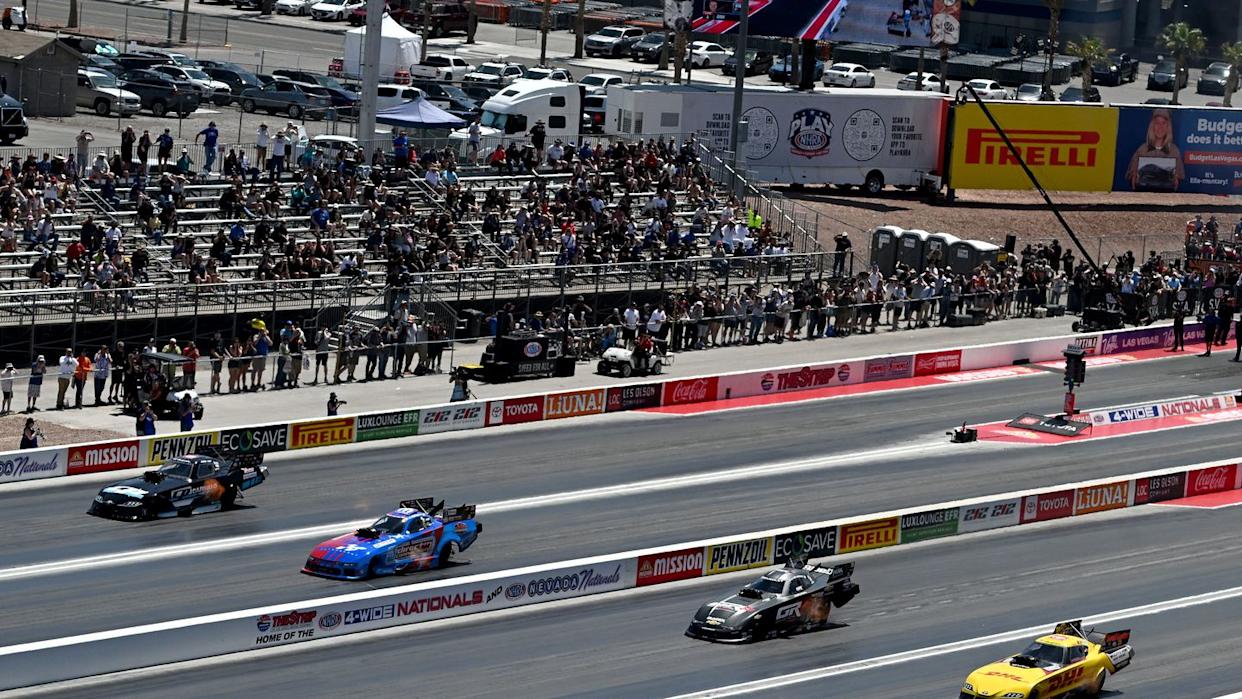

Comments